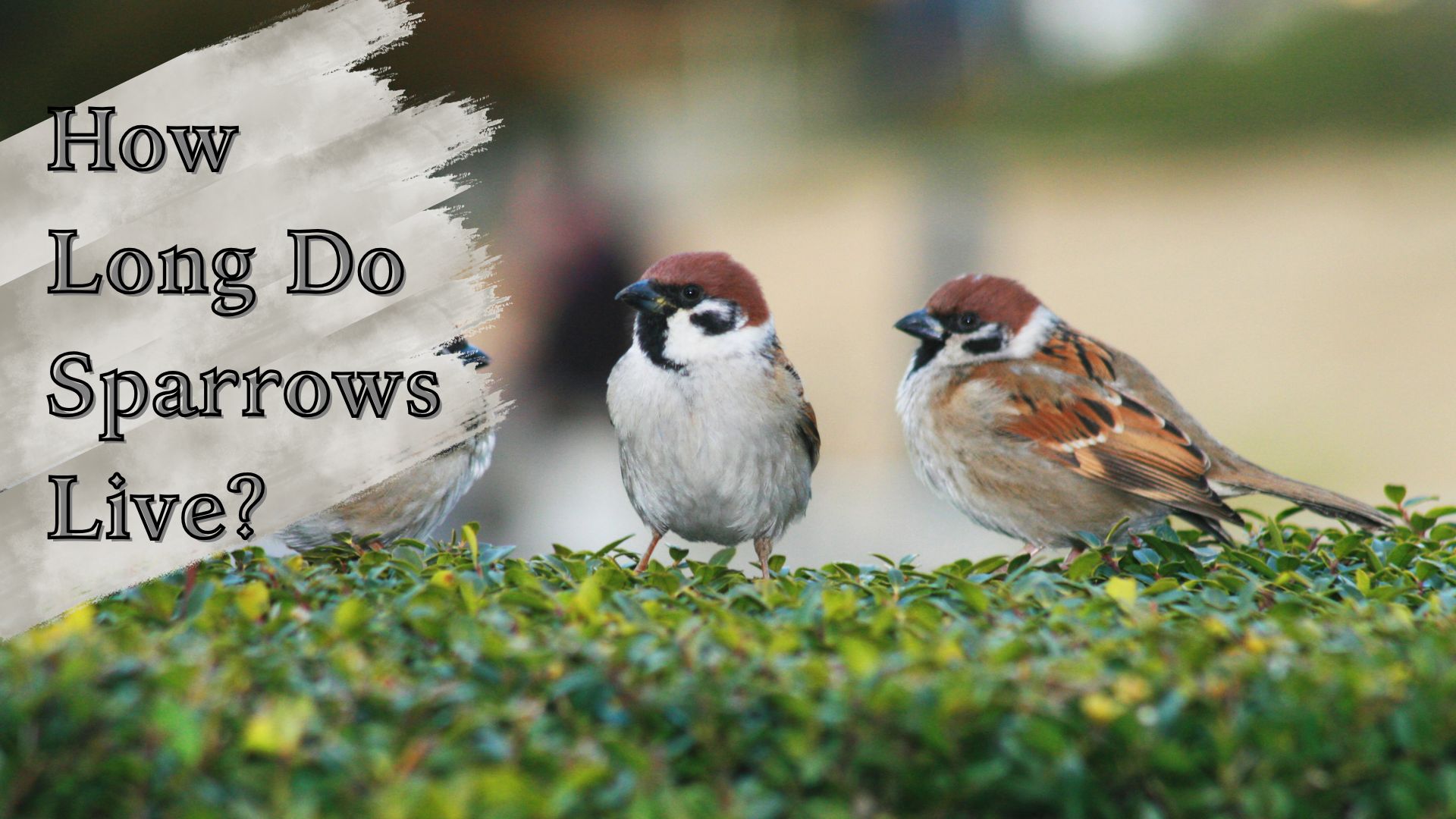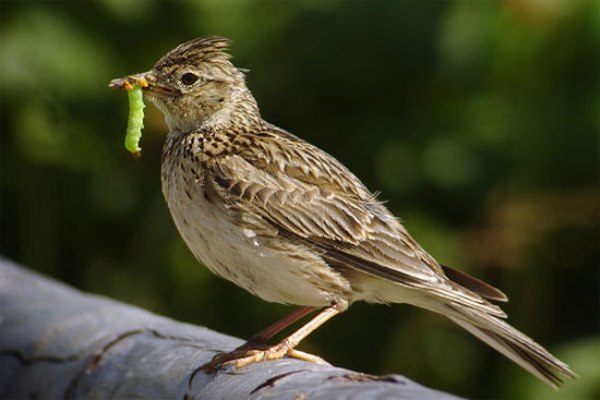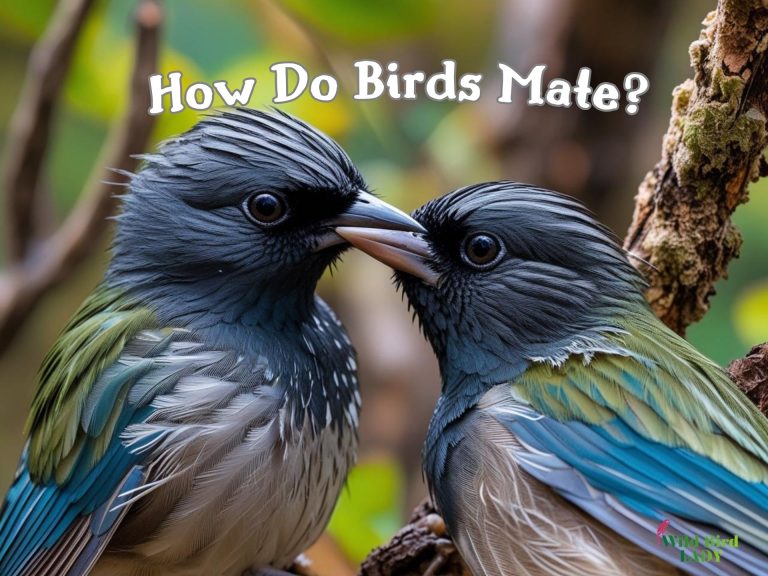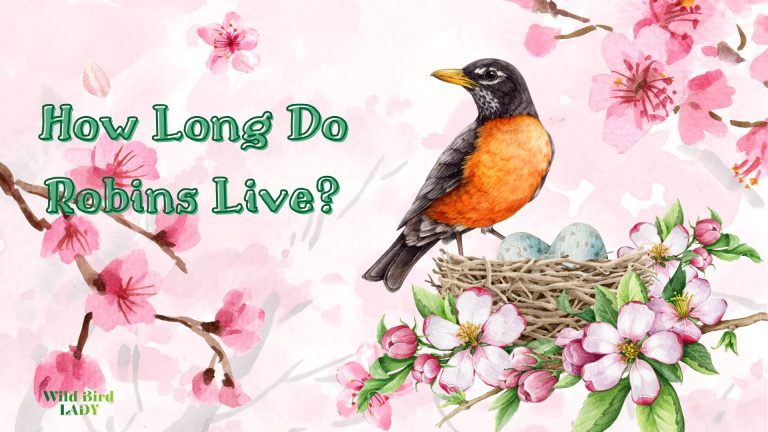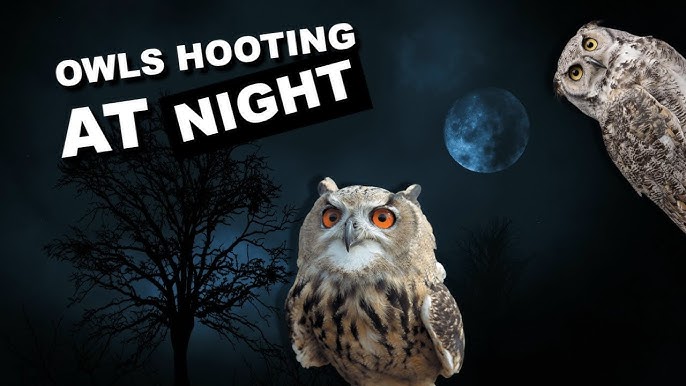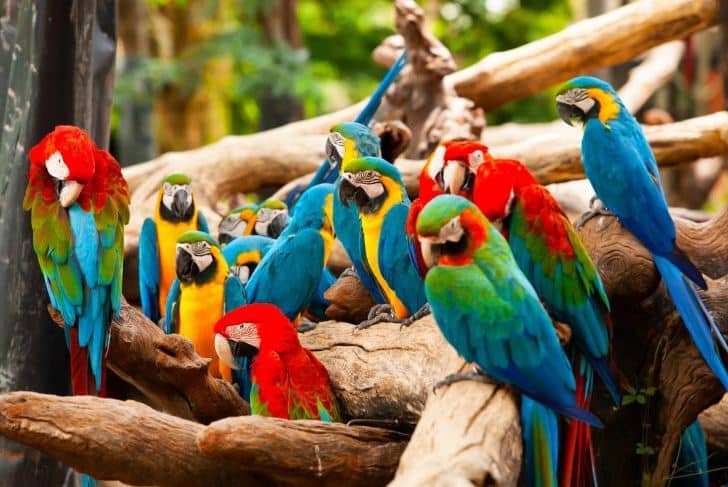How Long Do Sparrows Live? Lifespan Secrets of These Tiny Survivors
By Rifat Ahmed, Birdwatching Expert with 13+ Years of Experience
If you’ve ever watched sparrows flit through your backyard, you’ve likely asked yourself: “How long do sparrows live?” These tiny, energetic birds seem to be everywhere, but few people truly understand the challenges they face—or the secrets behind their survival.
As someone who has spent over 13 years observing birds in the wild, I can tell you that sparrows are far tougher than they look. Their resilience, adaptability, and complex social structures all play a role in determining their lifespan. In this article, we’ll explore everything you need to know about sparrow lifespan, from average life expectancy in the wild to what factors help or hinder their longevity.
Average Sparrow Lifespan: Wild vs. Captivity
So, how long do sparrows live on average?
In the wild, most sparrows—particularly the common House Sparrow (Passer domesticus)—have a relatively short lifespan. According to All About Birds, the average life expectancy of a wild House Sparrow is around 3 to 5 years.
However, it’s important to note that this is an average. Many sparrows die within their first year due to predation, weather, and disease. Those that survive their first year often go on to live longer lives.
In captivity or controlled environments (like research facilities or wildlife sanctuaries), sparrows can live up to 10 to 13 years, largely because they are protected from predators, have consistent access to food, and receive medical care when needed.
Species Spotlight: How Lifespan Varies by Type
Not all sparrows are created equal. The sparrow lifespan varies by species and region. Here’s a breakdown of some common North American sparrows and how long they typically live:
| Species | Average Lifespan (Wild) | Max Recorded Age |
|---|---|---|
| House Sparrow (Passer domesticus) | 3–5 years | 13+ years |
| Song Sparrow (Melospiza melodia) | 2–3 years | 11 years |
| White-throated Sparrow (Zonotrichia albicollis) | 2–4 years | 9 years |
| Chipping Sparrow (Spizella passerina) | 1.5–3 years | 10 years |
| American Tree Sparrow (Spizelloides arborea) | 2–4 years | 8 years |
Each species faces unique challenges based on their habitat, diet, and migratory patterns. But across the board, early mortality is common—making their average lifespan lower than their potential maximum.
What Factors Affect Sparrow Lifespan?
After over a decade in the field, I’ve learned that many factors influence how long sparrows live. Here are the main ones:
1. Predation
Sparrows are preyed upon by hawks, cats, snakes, and even squirrels. Predators are especially deadly during nesting season when adults are distracted and fledglings are vulnerable.
2. Food Availability
Sparrows are resourceful, omnivorous eaters, but harsh winters or urban development can reduce access to seeds and insects. Malnutrition weakens their immune system and shortens lifespan.
3. Weather
Extreme weather—especially cold snaps and heavy storms—can kill young or weak sparrows. In areas with frequent climatic stress, mortality rates are higher.
4. Disease and Parasites
Like many birds, sparrows are susceptible to diseases such as avian malaria, mites, and salmonellosis. These spread rapidly in urban areas where sparrows congregate.
5. Human Activity
From pesticides to window strikes, humans unknowingly reduce sparrow longevity. Light pollution, loss of green space, and aggressive landscaping also contribute to lower survival rates.
Predators and Other Natural Threats
One morning in spring 2023, I was watching a pair of Song Sparrows build a nest in a shrub at the edge of a park. Within a week, a domestic cat—likely a neighborhood pet—had raided the nest.
This isn’t uncommon.
Sparrows face constant threats, including:
- Hawks and falcons (especially Cooper’s Hawks)
- Domestic and feral cats
- Snakes and rodents
- Nest parasites like cowbirds
Many sparrows don’t live long enough to reach their second breeding season due to these natural dangers. The fact that any survive at all is a testament to their resilience.
How Climate and Environment Impact Longevity
Urban environments provide food and shelter—but at a cost. Pollution, pesticides, and unnatural light cycles can interfere with breeding, migration, and sleep. Meanwhile, rural sparrows may face less pollution but more agricultural chemicals and habitat fragmentation.
Interestingly, sparrows in suburban areas often have higher survival rates than those in city centers or deep wilderness. Suburbs provide a mix of cover, food, and reduced predator pressure.
Additionally, climate change is reshaping migratory patterns and nesting times, leading to mismatches in food supply and nesting cycles. These disruptions can shorten average sparrow lifespan.
Surprising Survival Strategies of Sparrows
Sparrows aren’t just small—they’re smart and social, and their behavior helps them outlast many odds.
They Travel in Flocks
Flocking helps sparrows detect predators early. There’s safety in numbers—especially during feeding and roosting.
They Nest Multiple Times a Year
Most sparrow species have 2–4 broods per season, increasing the chance that some offspring survive.
They’re Generalists
Sparrows aren’t picky eaters. From seeds and insects to bread crumbs, their flexibility helps them survive in nearly every habitat.
They Utilize Man-Made Structures
From gutters to light fixtures, sparrows exploit urban environments to build nests in places that are hard for predators to reach.
Sparrow Lifespan Records: How Long Can They Really Live?
While the average lifespan is just a few years, some sparrows beat the odds.
- A House Sparrow banded in Texas was recaptured 13 years later, making it one of the oldest on record.
- A Song Sparrow was recorded living over 11 years in the wild.
- Several Chipping Sparrows have been confirmed at 8–10 years old through bird banding programs.
These records show what’s possible in the right conditions—and how long sparrows might live if they can avoid the many dangers that surround them.
How You Can Help Sparrows Live Longer
As birders, homeowners, and nature lovers, we often admire sparrows for their cheerful chirps and boundless energy. But beyond watching them flit from bush to feeder, we can take meaningful steps to improve their chances of survival. With so many natural threats stacked against them—predators, harsh weather, disease—your backyard can become a critical refuge. Here are some proven ways to help sparrows live longer, healthier lives.
Provide Consistent, Nutritious Food
Feeding sparrows year-round can make a big difference, especially during winter or nesting seasons when natural food is scarce. Offer seeds like white millet, cracked corn, safflower, and black oil sunflower—all of which are favorites among House Sparrows, Song Sparrows, and Chipping Sparrows.
Avoid feeding bread or processed grains, which lack the essential nutrients sparrows need and can actually harm their health over time. Opt instead for a platform feeder or ground tray, as sparrows prefer feeding close to the ground.
Supply Fresh Water Daily
Water is just as vital as food, especially during hot summers or freezing winters when natural sources dry up or freeze over. Install a shallow birdbath with gently sloped sides—about 1 to 2 inches deep. Place some small pebbles or flat stones inside so sparrows can perch safely.
Change the water daily to prevent mosquitoes and disease buildup. In winter, consider using a heated birdbath or placing warm water outside regularly to keep it from icing over.
Plant Native Shrubs and Grasses
Native plants are one of the best long-term investments you can make for sparrow survival. Dense shrubs like holly, juniper, viburnum, or elderberry provide essential shelter from predators and harsh weather, as well as nesting locations in spring.
Let part of your yard grow a bit wild with native grasses or meadow-style flowers, which attract insects—crucial protein for baby sparrows during the breeding season. Native plants also support local ecosystems better than ornamental or non-native species.
Leave Some “Messy” Corners
What looks untidy to us is paradise for sparrows. Areas with brush piles, tall weeds, leaf litter, or uncut grass harbor insects and provide protective cover. These natural “chaotic zones” offer food, nesting material, and hiding spots from predators.
You don’t have to let your whole yard go wild—just dedicate one small corner to be more natural and sparrow-friendly.
Keep Cats Indoors
One of the biggest killers of songbirds is domestic and feral cats. Even well-fed cats retain their hunting instincts and will chase, injure, or kill sparrows. According to the American Bird Conservancy, cats kill an estimated 2.4 billion birds annually in the U.S. alone.
Keeping your cats indoors not only protects wildlife—it also keeps your pet safe from traffic, disease, and injury.
Make Windows Bird-Safe
Window collisions are another common but preventable cause of sparrow deaths. Use window decals, tape, or external screens to break up reflections and signal that the glass is solid. Even small stickers spaced closely together (2–4 inches apart) can reduce collisions significantly.
Clean Feeders Regularly
Dirty feeders can spread deadly diseases like salmonellosis or avian pox. Make a habit of cleaning feeders every 1–2 weeks with a solution of one part bleach to nine parts water. Rinse thoroughly and let them dry before refilling.
Final Thoughts from the Field
When I started birdwatching over a decade ago, I never expected to develop such a deep appreciation for sparrows. They may not be as flashy as orioles or as majestic as hawks, but sparrows are survivors in every sense of the word.
Understanding how long sparrows live not only satisfies curiosity—it also reminds us of the challenges these birds face and the vital role we play in their conservation.
Whether you’re a backyard birder or a casual observer, I hope this deep dive into the sparrow lifespan helps you see these tiny birds in a whole new light.
FAQs About Sparrow Lifespan
Q: What is the average lifespan of a sparrow in the wild?
A: Most sparrows live 2 to 5 years in the wild, depending on the species and environment.
Q: Can sparrows live longer in captivity?
A: Yes. In captivity, sparrows can live 10–13 years due to the absence of predators and steady access to food and medical care.
Q: Why do most sparrows die young?
A: High mortality in the first year is due to predators, weather, disease, and lack of food.
Q: Do sparrows migrate?
A: Some do. For example, American Tree Sparrows migrate, while House Sparrows are mostly year-round residents.
Q: How can I tell how old a sparrow is?
A: It’s difficult visually, but researchers use feather wear, molt patterns, and bird banding data to estimate age.

